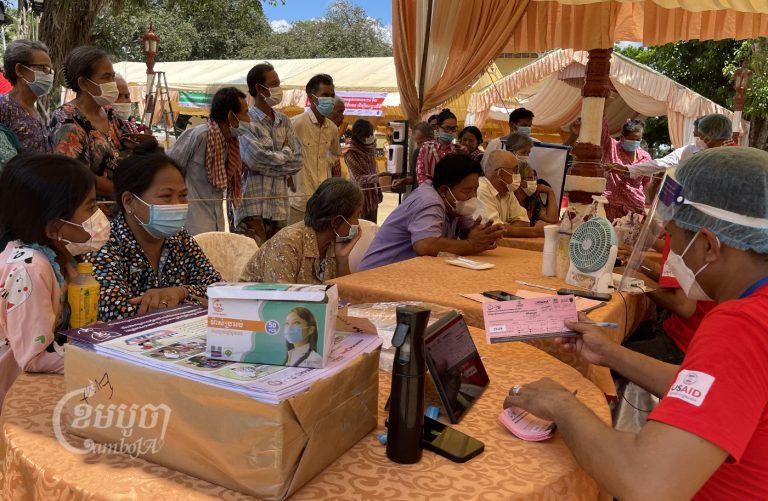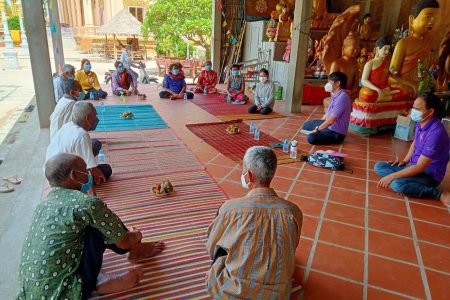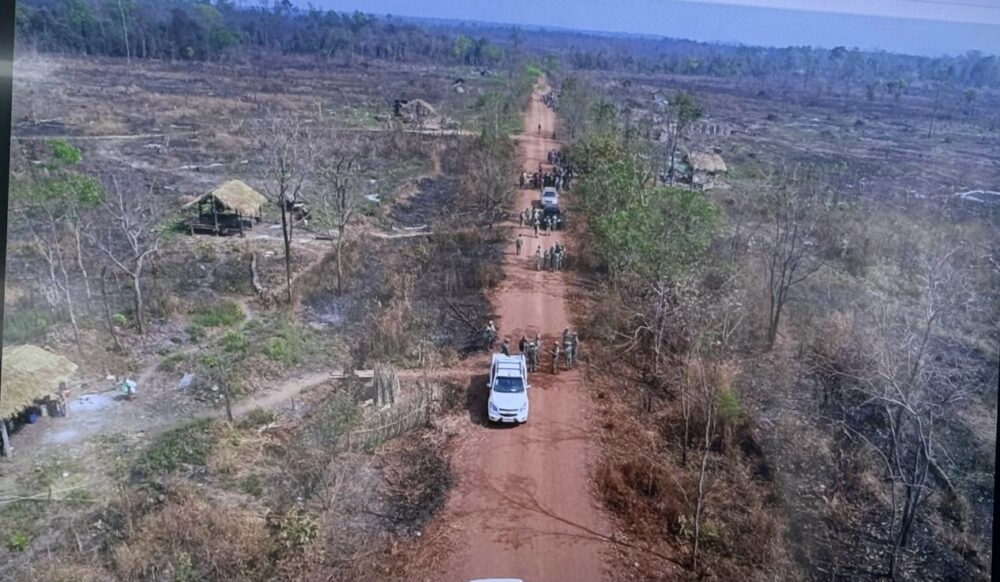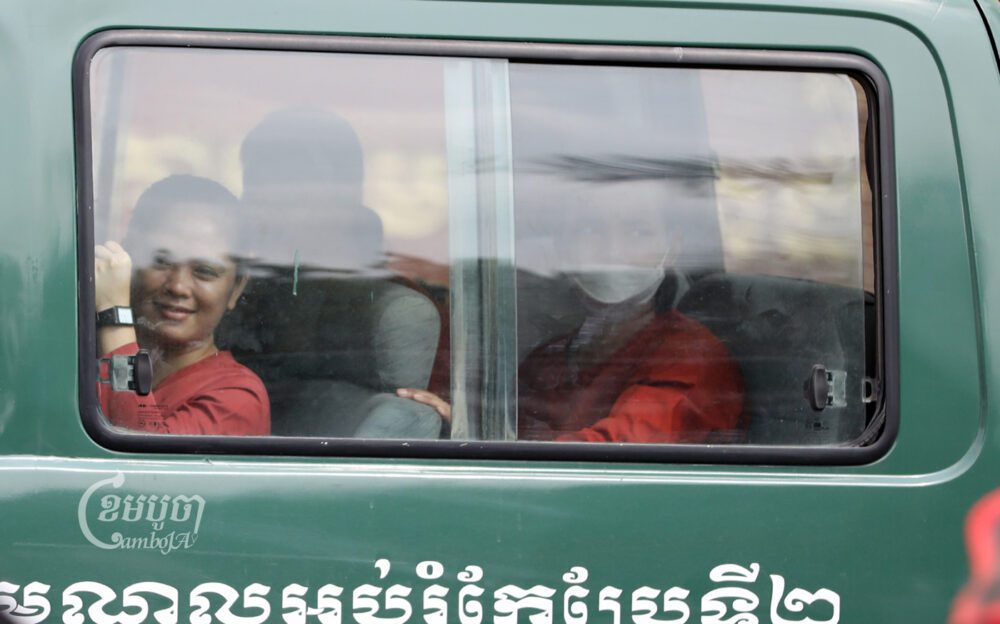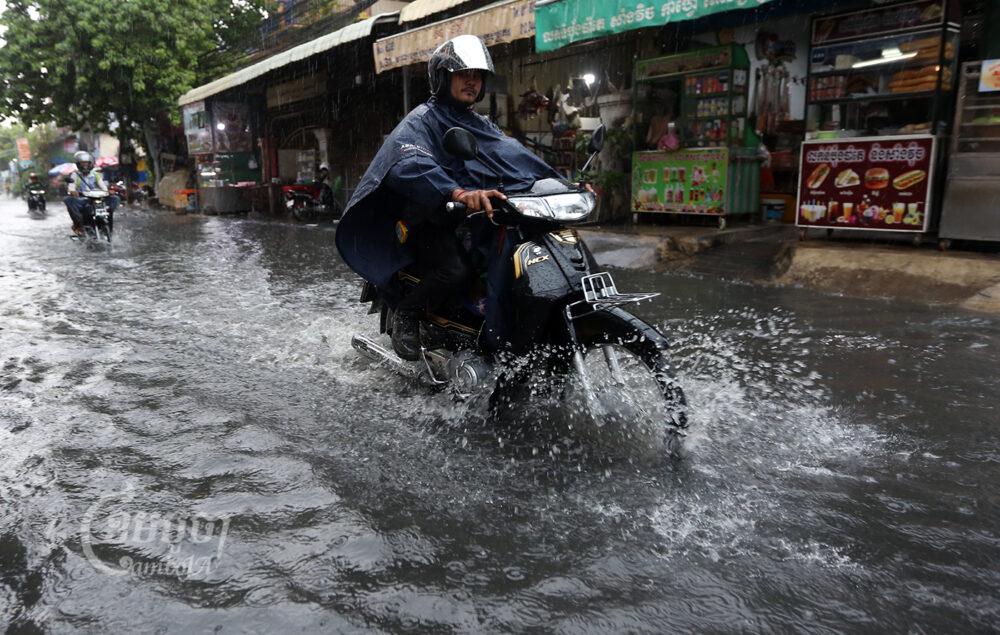Though COVID-19 has seized the world’s attention for nearly two years now, another, more familiar respiratory disease has lingered as one of the world’s most deadly infectious diseases.
The rate of tuberculosis (TB) diagnoses went into global decline as the novel coronavirus prompted mass lockdowns and other public health responses. But TB continues to spread throughout communities in Cambodia and around the world – according to the Centers for Disease Control, the bacterial lung infection kills approximately 1.5 million people each year.
People who live with family members infected with TB need to take medicine to avoid getting infected themselves. But the side effects of treatment can be hard to deal with, according to villagers who spoke to CamboJA, leading many to stop taking the medicine that could save them from developing life-threatening illness.
That doesn’t just put individuals at risk, but could be an obstacle in Cambodia’s ongoing campaign to eliminate new TB infections by 2030.
Kimhuoy, 49, lives in Kandal province’s Loeuk Dek district. Her 70 year-old mother had TB last year, requiring four other members of her family to use preventative medicine. They were supposed to take it while her mother was still infected, but stopped their own treatment after just about 10 days.
“When we took the medicine, it seriously bothered us, causing me severe headaches, dizziness, high temperature and chills, and we could not do anything [to help it],” she said. “My family and I could not stand it, so I stopped using it.”
The family instead dealt with the situation by remaining isolated from their mother during the course of her treatment, sleeping and eating in different areas and with different supplies.
She said that just two months ago, her mother tested negative for TB.
Kimhouy felt confident her family had followed proper health guidelines, but experts still say situations like hers – in which the full course of preventive medicine is abandoned too early – is an example of where TB prevention can go wrong in Cambodia.
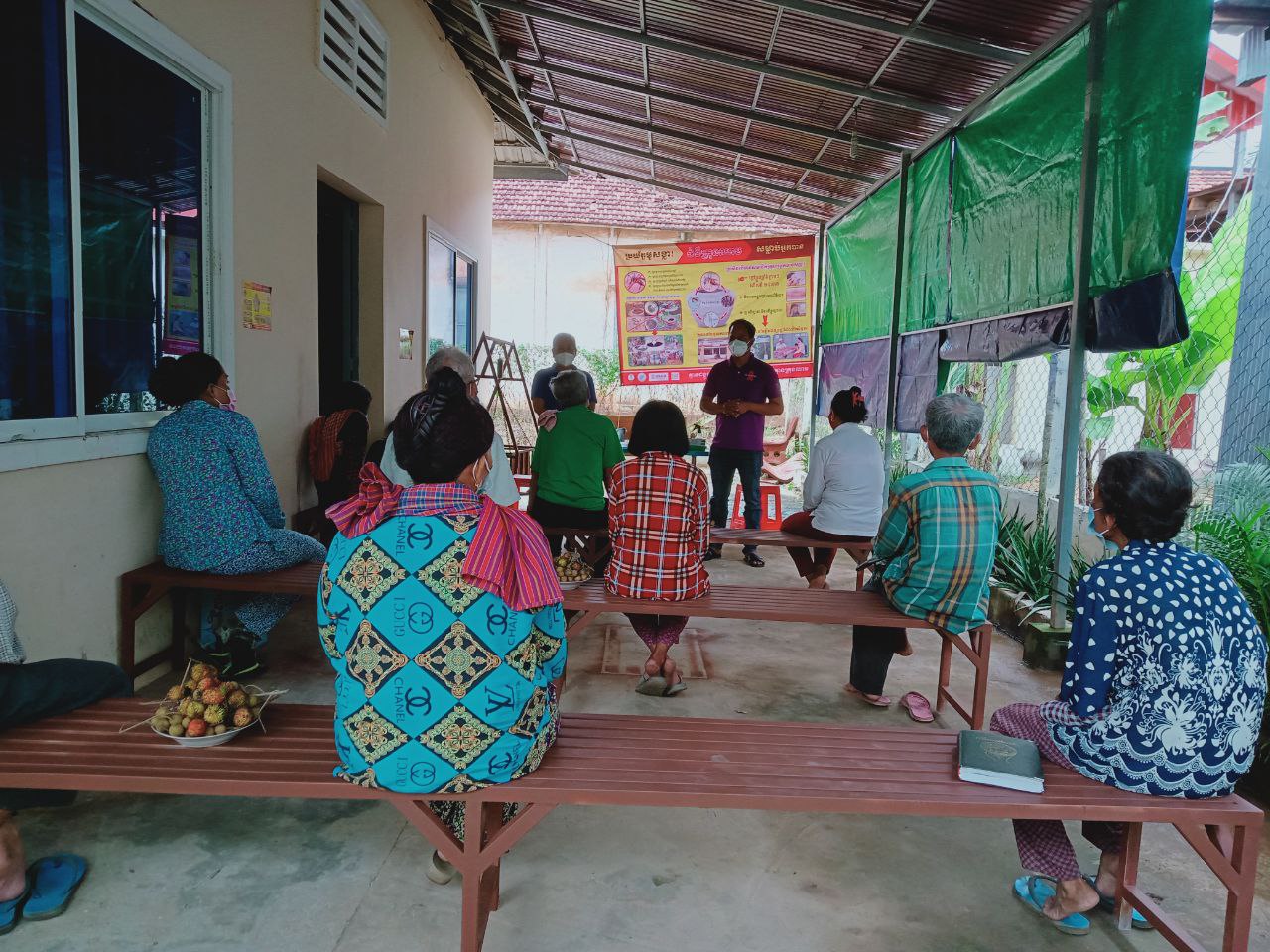
Some local and provincial people dealing with TB provided varying opinions as to the knowledge of average people about the disease. But all who spoke to CamboJA said the numbers of people who tested positive for TB had fallen considerably between 2020 and this year, which all attributed to the effects of the ongoing COVID-19 outbreak on Cambodian society.
According to statistics from the National Tuberculosis Program, an office of the National Center for Tuberculosis and Leprosy Control (CENAT), Cambodia’s TB infection rate is 274 cases per every 100,000 people, meaning about 46,000 people may be infected each year.
Worldwide, the CDC estimates 1.7 billion people worldwide were infected by the TB bacteria as of 2018. Given how infectious the disease can be, it’s possible many new cases have simply gone undiagnosed during the pandemic era.
Phann Vuth, deputy director of the TB program in Kandal province, said health officials there detected 2,644 new cases in 2020. As of September of this year, they’d found less than half as many, or just 1,094.
Vuth said just one patient can infect many more, especially if they and their loved ones don’t receive the proper treatment.
“In general, [an actively infectious] patient can infect up to 15 people per year,” Vuth said.
He said there are three basic types of TB preventive medicine with different schedules for treatment. Some patients use the medicine once a week for three months, a schedule Vuth notes seems to cause the most people to complain of side effects. Other treatment plans require people to use medicine every day for either three or six months.
“There is a small number of families that do not want to use preventive medicine but most families want to use it because they understand a lot about TB,” he said. “I appeal to all the people who stay with [an actively infectious] patient, please they go to receive TB treatment service at a health center or hospital.”
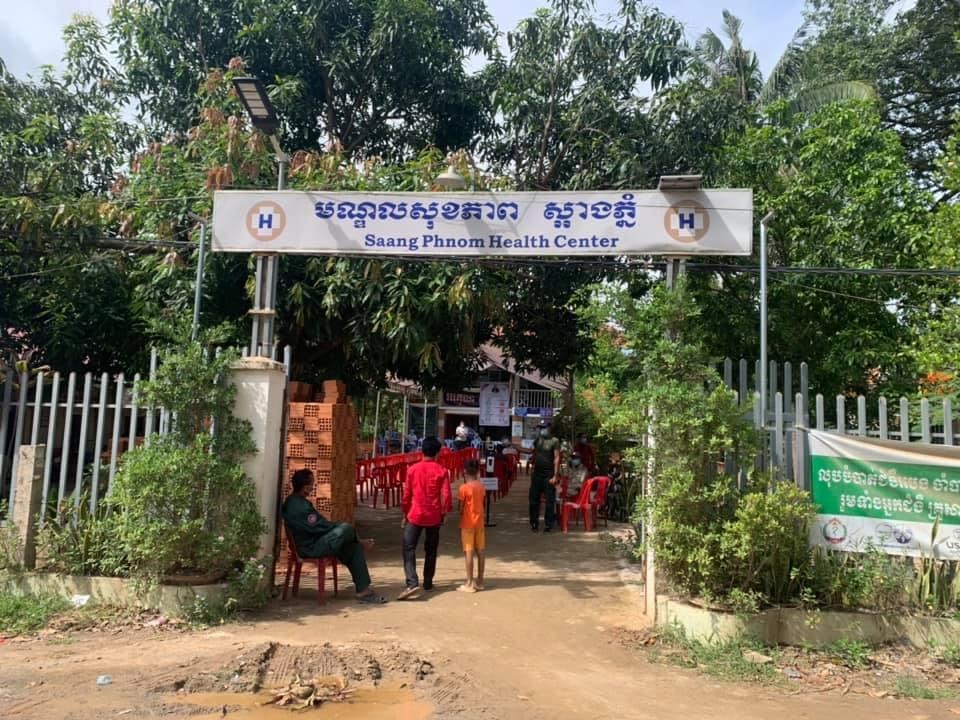
Local health workers told CamboJA they felt villagers often had a poor understanding of TB and what they needed to do to prevent infection from a family member.
Man Seyla, the district coordinator of the public health organization Khana in Loeuk Dek, said she knew of two families of TB patients who stopped using their preventive medicine due to severe side effects.
“Health center officials and my organization’s network went down a few times to explain and advise them but they still did not use it,” Seyla said. “They [said] they were not sick and they told us that they have normal health.”
That kind of thinking can put family members at risk of getting infected with TB, she explained, adding that distribution of preventive medicine is also still insufficient in many villages.
Penh Vannat, the Khana director in the Sa’ang district of Kandal, said many family members of TB patients don’t receive treatment at all.

Of the 203 people who tested positive for TB in her area, Vannat said, 43 had an actively infectious variety of the disease. More striking, Khana found the 43 infectious patients lived with a total of 516 other people – only 298 of those people used preventive medicine, she said, and five of those who started taking the medicine abandoned it too early.
Saroeun Soveath leads the TB section of the Sa’ang Phnom Health Center and has seen a significant drop this year in the number of patients coming in for treatment.
He said that for all of 2020, there were 79 TB patients who went to the center for treatment. However, in the first 11 months of this year, only 25 TB patients came for treatment. Soveath believes the difference is due to the effects of the COVID-19 outbreak.
The health center began offering preventive medicine at the end of 2020, he added, and in that short time distributed it to about 40 people. But for all of this year so far, Sa’ang Phnom has only given preventive medicine to 50 people.
“There is a family with about five members who abandoned preventive medicine because they have low knowledge and they told that they do not have any sickness, so they do not need to use it,” Soveath said. “Even though we explained and advised them many times, they still do not receive preventive medicine.”
In an attempt to counter that pervasive lack of health knowledge, Soveath said he went to villages three times per month to educate people about TB. After the COVID-19 outbreak this year, he’s reduced that significantly to just twice for a month.
He beseeched higher authorities to provide more funding to support anti-TB measures. “We do not have enough budget to disseminate TB [education] for villagers and supplies for TB patients,” he said.



